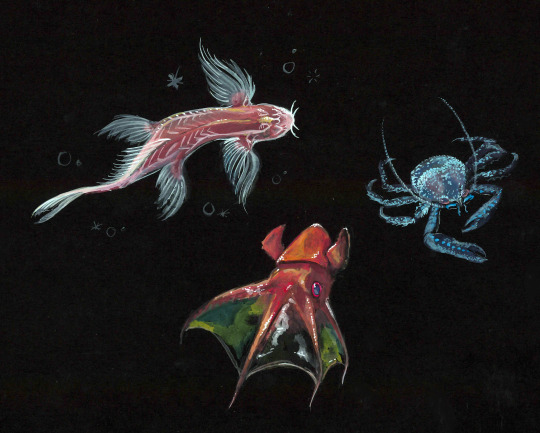Text



A chronological history of all Sith (and sith-adjacents, such as the Inquisitorius and Knights of Ren) in the current Star Wars canon, compiled after tedious research by yours truly.
Accurate as of November 2024.
111 notes
·
View notes
Text
Nugganatic law said the men could inherit “the Things of Men,” such as land, buildings, money, and all domestic animals except cats. Women could inherit “the Things of Women,” which were mostly small items of personal jewellery and spinning wheels and cats passed from mothers to daughters.
Terry Pratchett, Monstrous Regiment
102 notes
·
View notes
Text



Marlene Dietrich in BLONDE VENUS 1932 | Josef von Sternberg
2K notes
·
View notes
Text
As a former librarian I'm actually required to remind you that many libraries that subscribe to Libby are opted into a program that lets you subscribe and access magazines for free with no wait

And that this is actually a really fun, low cost way to not only access news and larger cultural magazines, but also to get free patterns for many different crafts that you can screenshot if need be and that lower the financial barriers to entry for trying new things


From my experience working in both academic and public libraries, many libraries are use it or lose it funding-- I have to say this because a lot of patrons feel guilty for how much they use the library and how often they're using it funny enough, but the worst thing you can do for libraries is not try out new features and not use what's already given to you as much as possible.
The numbers that come as a result of your patronage are how most libraries justify their continued existence in times of financial hardship, which sucks but, go check out some magazines on Libby!
26K notes
·
View notes
Text
“I’m alive but I have no life. I’m alive but also dead. I’m dead and alive.”
— Dean Koontz, Dead and Alive
15 notes
·
View notes
Text




I'm singin' in the rain, just singin' in the rain, What a glorious feelin', I'm happy again.
Singin' in the Rain (1952) dir. Stanley Donen & Gene Kelly
1K notes
·
View notes
Text
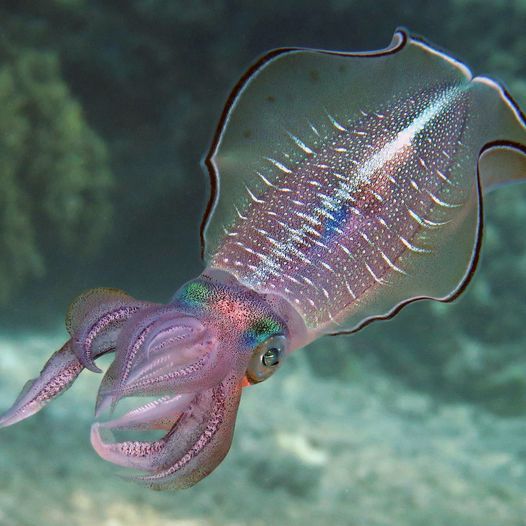
Bigfin Reef Squid (Sepioteuthis lessoniana), family Loliginidae, found in shallow seas of the Pacific and Indian Oceans, and the eastern Mediterranean
photograph by Doug Finney
3K notes
·
View notes
Text
Because it's elusive.....

Why Is the Elusive Colossal Squid So Hard to Come Across?
Though rarely seen, the colossal squid lurks deep beneath the surface.
We’ve known about the colossal squid for nearly 150 years. Zoologist Japetus Steenstrup first reported on the species in 1857 after reading reports of it washing up on ocean shores. But there’s still a lot that we don’t know about it because it’s so hard to study. Its reproductive patterns, mating and hunting patterns are still largely unknown because we hardly ever see it in action. Nonetheless, ever since Twenty Thousand Leagues Under the Seas, we’ve been captivated by this supersized cephalopod.

As long as a semi-truck and weighing as much as a ton — the colossal squid lives up to its name. With a massive beak and eyes the size of a human head, this enormous animal with eight arms and two extra-long tentacles has mainly remained elusive for much of human history. But in recent years, as humans have become better equipped to dive deeper into vast swaths of unchartered oceans, we’ve enjoyed a few colossal squid sightings...
Read more: https://www.discovermagazine.com/planet-earth/why-is-the-elusive-colossal-squid-so-hard-to-come-across

421 notes
·
View notes
Text
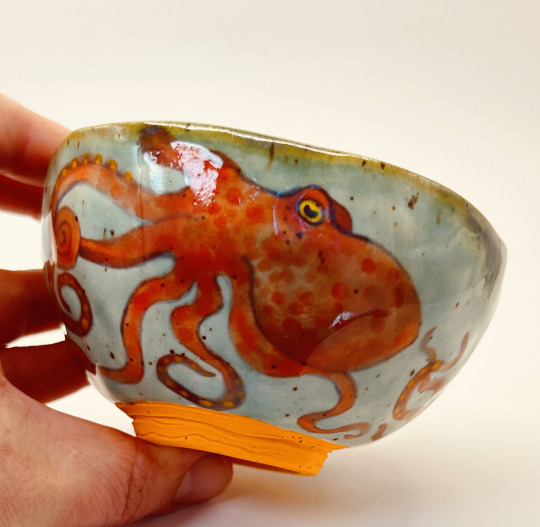

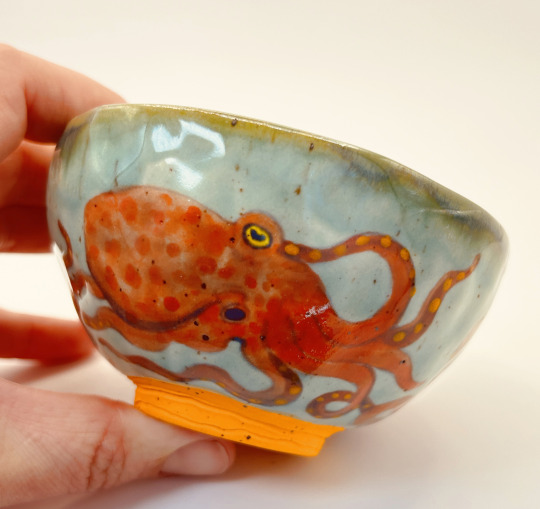
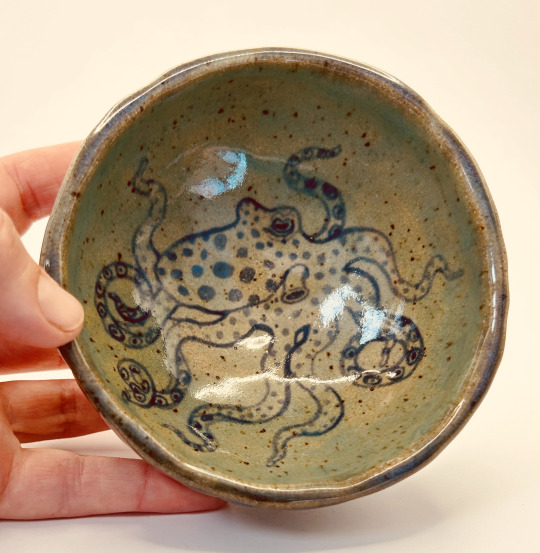

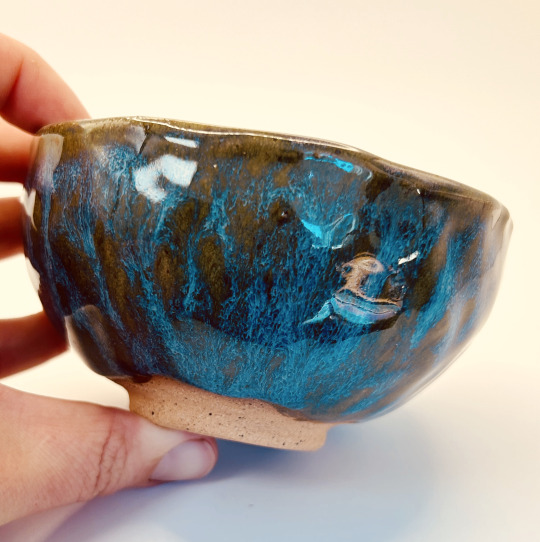
Vessels in the next shop update (part two / OCTOedition)!
1K notes
·
View notes
Text

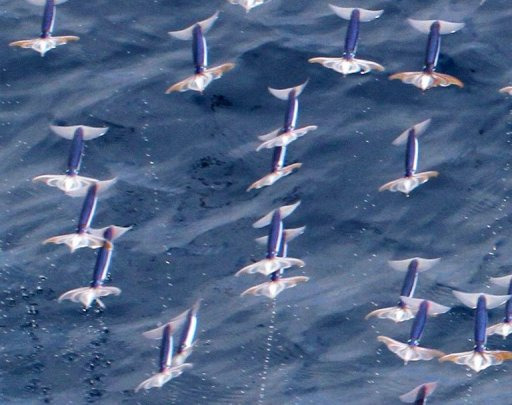
Japanese or Pacific Flying Squid (Todarodes pacificus), family Ommastrephidae, order Oegopsida, found in the North Pacific
This species can shoot out of the water and glide at distances of up to 30 m over the ocean's surface, using their fins and membranes between the arms and tentacles.
photos: Geoff Jones & Kouta Muramatsu, Hokkaido Univ.
5K notes
·
View notes
Text

Seven-arm Octopus (Haliphron atlanticus), family Alloposidae, Salish Sea off the coast of WA, USA
This is one of the largest octopus species, with an estimated total length of 3.5 meters (11 feet) and a mass of 75 kg (165 lb)
This octopus does have 8 arms, but the hectocotylus (a specially modified arm used in egg fertilization) is coiled in a sac beneath the right eye, and is not easily seen.
This species is rarely seen by humans.
photographs by Eric Askilsrud (scuba.eric_)
5K notes
·
View notes


















